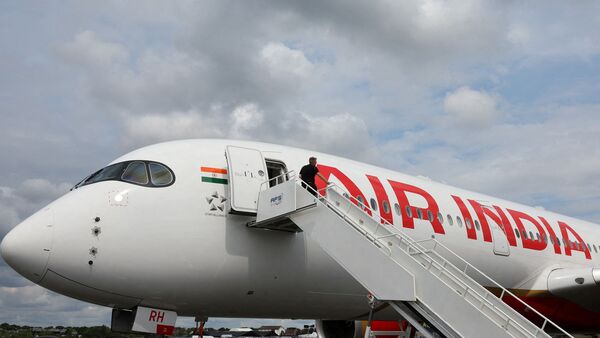Key Takeaways
- Air India’s fleet shrank from 208 to 187 aircraft one year post-Vistara merger
- Domestic market share dropped from 29.2% to 27.4% despite 30% target
- Weekly flights decreased from 5,600 to 4,823 despite route expansions
- Multiple aircraft retrofit programs face significant delays
One year after merging with Vistara, Air India has become a smaller airline with reduced fleet size, fewer flights, and declining market share. The much-anticipated turnaround is progressing slower than expected due to supply chain issues, market dynamics, and geopolitical challenges.
Fleet and Flight Reductions
The combined Air India-Vistara fleet has shrunk significantly from 208 to 187 aircraft, contrary to expansion expectations. This reduction includes the write-off of a 787 from the Ahmedabad crash, retirement of legacy B777-200LR aircraft, and failed acquisition of six B777-300ERs from Singapore Airlines.
Weekly flights have dropped from over 5,600 to 4,823, with services to Washington suspended. However, the airline added London Heathrow routes and launched seasonal destinations including Bhuj, Gaya, and Jodhpur. Codeshare partnerships with Kenya Airways and Air Astana were also established.
The airline is working toward fleet synchronization, having retrofitted A320neo aircraft from two-class to three-class configurations to match former Vistara planes.
Market Share Performance
Air India’s ambitious Vihaan.AI program targeted 30% market share within five years. The group nearly achieved this goal quickly, reaching 29.2% in September 2024 when four entities operated separately.
However, after the merger consolidation, market share dropped to 26.4% in December and stood at 27.4% as of September 2025. October data remains awaited, indicating the challenge in maintaining pre-merger performance levels.
Operational Challenges and Delays
Training infrastructure development faces setbacks. While Gurugram simulators launched through an Airbus partnership, the Amravati aviation academy missed its second-half 2025 start date.
Multiple retrofit programs are behind schedule:
- 27 A320neo refits completed in October instead of June
- First 787 refits expected by December
- 777 fleet refit further delayed
The timeline slippages raise questions about initial planning accuracy.
Future Outlook
Air India must accelerate its transition from “work in progress” to operational stability. The incoming 787-9 and A350 aircraft with newer configurations should enhance competitiveness against regional hubs and attract international transfer passengers.
Like IndiGo, Air India faces rupee depreciation impacts, though the exact effect remains unknown since the airline isn’t publicly listed.
The author, Ameya Joshi, is an aviation analyst.




